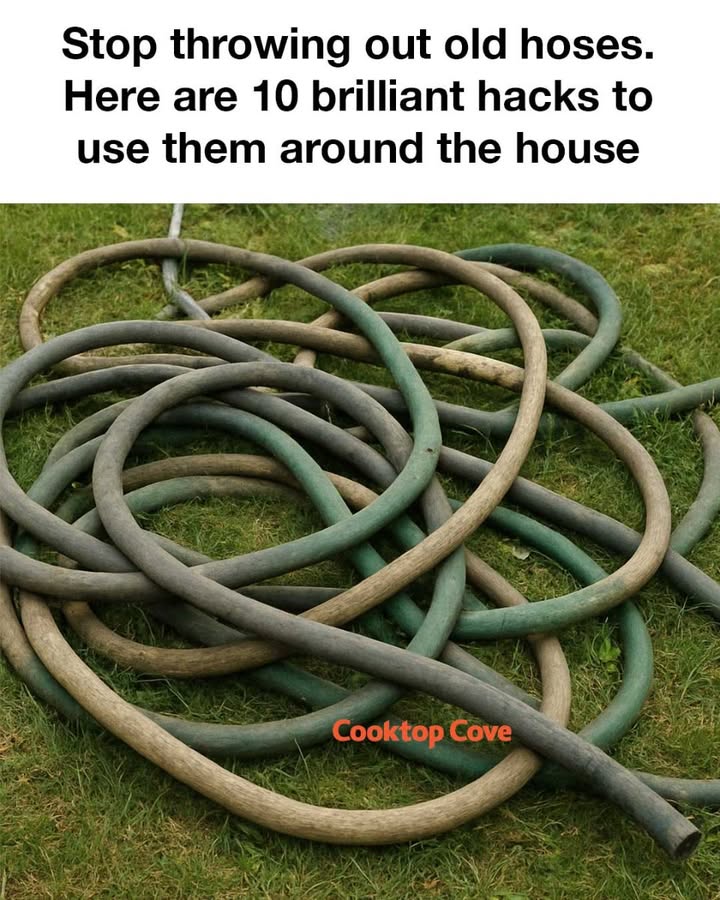In a world increasingly focused on sustainability and reducing waste, finding creative ways to repurpose old items is more important than ever. Old garden hoses, often discarded once they develop leaks or become worn, can actually serve a multitude of purposes around the home. By repurposing these hoses, not only can you save money, but you can also contribute to environmental conservation by reducing landfill waste. This article explores ten innovative hacks to give your old hoses a new lease on life.
The Environmental Benefits of Reusing Hoses
Reusing old hoses is a simple yet effective way to reduce your environmental footprint. Every year, millions of tons of plastic waste end up in landfills, contributing to pollution and environmental degradation. By finding new uses for old hoses, you help decrease the demand for new plastic products and reduce the volume of waste. Additionally, repurposing hoses can save energy and resources that would otherwise be used in the production of new items. This small step can lead to significant positive impacts on the environment.
Advertisement
Hack 1: Garden Hose Doorstop
Transform a section of an old hose into a practical doorstop. Simply cut a piece of hose to the desired length, and fill it with sand or gravel for added weight. Seal both ends with duct tape or a strong adhesive. This makeshift doorstop is durable, weather-resistant, and perfect for keeping doors open during breezy days.
Hack 2: Hose Handle for Heavy Bags
Carrying heavy bags can be a strain on your hands, but an old hose can provide a simple solution. Cut a short length of hose, slit it lengthwise, and slide it over the handles of your bags. This creates a comfortable grip that distributes the weight more evenly, making it easier to carry heavy loads without discomfort.
Hack 3: Protective Hose Covers for Sharp Edges
Sharp edges around the house can be hazardous, especially for children and pets. Use sections of an old hose to cover these edges. Cut the hose lengthwise and fit it over the edges of tables, shelves, or other furniture. This not only protects against injuries but also prevents damage to the furniture itself.
